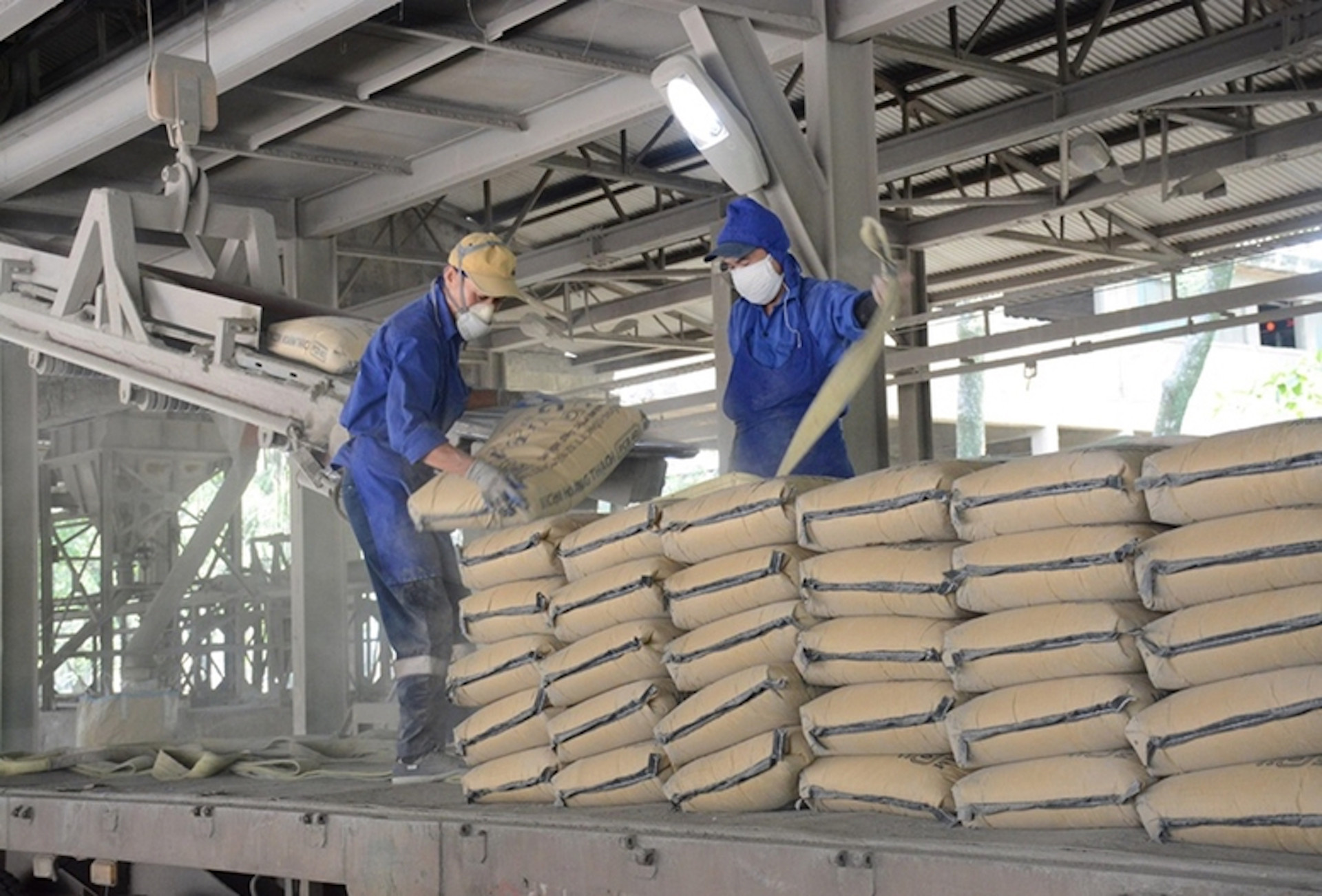
The Ministry of Construction has clarified that despite having issued feedback and assessments on the investment, production, and consumption of clinker and cement, the proposed amendments were not incorporated into the law. As a result, the cement industry continues to face challenges in balancing supply and demand.
This information was shared by the Ministry in a report to the Prime Minister, addressing media concerns about the ongoing difficulties in the cement industry.
Supply-demand imbalance
According to the report, Vietnam currently has 92 production lines with a total capacity exceeding 122 million tons per year. However, in 2024, the total consumption of cement and clinker was only about 95 million tons — 65.3 million tons domestically and 29.7 million tons for export.
This means that the cement production lines operated at an average of only 77% of their designed capacity.
The Ministry explained that since 2011, cement production investment has followed the Prime Minister’s plan for the development of Vietnam's cement industry for the period 2021–2020, with a vision toward 2030 (referred to as Plan 1488).
In 2015, consumption reached 72.7 million tons, accounting for 98% of the planned target. By 2020, consumption increased to 100.2 million tons per year, surpassing the plan by 7%.
However, since 2020, cement supply has risen significantly after the 2017 Planning Law abolished Plan 1488. Consequently, cement production investment has been market-driven, governed by investment laws under the jurisdiction of provincial People's Committees. Local authorities approved 13 modern production lines with a total designed capacity of 35.3 million tons per year.
Strategic development plan
Faced with the rapid increase in cement plants, the Ministry of Construction proposed that the Prime Minister issue a decision on the strategic development of building materials in Vietnam for the period 2021–2030, with a vision toward 2050.
The plan sets a roadmap for cement plant investment, stipulating that total designed capacity should not exceed 125 million tons per year by 2025 and 150 million tons per year by 2030.
In 2021, the Ministry also sent a document to local authorities, advising them to carefully consider investment approvals to avoid excessive investment leading to supply surpassing demand and wasting social resources.
In mid-June 2024, the Prime Minister chaired a conference to find solutions to boost the production and consumption of cement, steel, and construction materials.
A directive was issued to address difficulties, emphasizing the need to promote domestic consumption.
Long-term solutions
For the long term, the Ministry of Construction has proposed adding cement planning to the list of technical sector plans under the Planning Law.
However, one of the challenges highlighted by the Ministry is that despite offering analysis and assessments on clinker and cement production and consumption, these proposals were not included in Law No. 57/2024, passed by the National Assembly in November 2024.
According to the Ministry’s projections, cement consumption in 2025 is expected to increase by around 2-3% compared to 2024, reaching 95-100 million tons.
Domestic consumption is estimated to range from 60-65 million tons, while exports are projected at approximately 30-35 million tons.
Hong Khanh